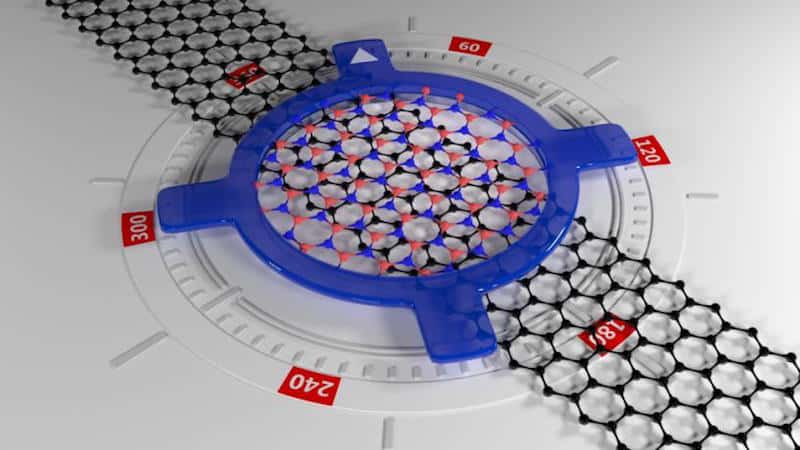Twistronics With 2D Materials: The Upcoming Leading Technology
Twistronics is an exciting new field of research in condensed matter physics that has the potential to revolutionize the way we think about and manipulate electronic devices. The term "twistronics" refers to the ability to control the properties of two-dimensional (2D) materials by twisting or rotating them relative to each other.
This simple manipulation has been shown to have profound effects on the electronic and optical properties of these materials, opening up new possibilities for applications in electronics, photonics, and quantum computing.
The concept of twistronics was first proposed in 2011 by Pablo Jarillo-Herrero and his colleagues at the Massachusetts Institute of Technology (MIT) when they demonstrated that two graphene layers twisted at a specific "magic angle" of around 1.1 degrees could exhibit superconductivity.
Superconductivity is a phenomenon in which certain materials can conduct electricity with zero resistance at low temperatures, and is a highly desirable property for electronic devices.
The discovery of superconductivity in twisted graphene was a major breakthrough in the field of 2D materials, as it had previously been thought to be impossible in these materials.
Since then, researchers have been exploring the properties of twisted 2D materials in more detail, looking at different materials and different twist angles.
One of the most exciting developments in the field has been the discovery of a range of new electronic phases that arise when 2D materials are twisted at specific angles. These phases include superconductivity, magnetism, and topological insulators, all of which have important implications for the development of new electronic devices.
One of the key features of twistronics is that the properties of the 2D materials can be controlled simply by changing the twist angle between the layers. This makes it possible to create a wide range of electronic devices simply by stacking and twisting different 2D materials.
For example, it is possible to create devices that combine superconductivity and magnetism, which could be used for spintronics applications, or devices that have unique optical properties that could be used for photonic applications.
One of the challenges of twistronics is that it requires precise control over the twist angle between the 2D materials. This can be difficult to achieve, as even small variations in the twist angle can have a significant impact on the electronic properties of the material.
However, researchers are developing new techniques for controlling the twist angle, such as using mechanical strain or electrostatic fields, which could make it possible to create more complex devices in the future.
Another exciting area of research in twistronics is the exploration of new materials. While graphene was the first 2D material to be studied in detail, researchers are now looking at a wide range of other 2D materials, including transition metal dichalcogenides, hexagonal boron nitride, and black phosphorus.
Each of these materials has unique properties that could be exploited in electronic devices, and by stacking and twisting these materials, it may be possible to create even more complex devices with a wide range of applications.
In addition to its potential applications in electronics and photonics, twistronics is also of interest to researchers working in the field of quantum computing. One of the challenges of building a practical quantum computer is the need to control and manipulate individual quantum bits (qubits).
Twistronics could offer a way to create qubits using 2D materials, which could be controlled simply by twisting or rotating the layers. This could be a significant step forward in the development of practical quantum computers.
In conclusion, twistronics is an exciting new field of research in condensed matter physics that has the potential to revolutionize the way we think about and manipulate electronic devices


No comments: